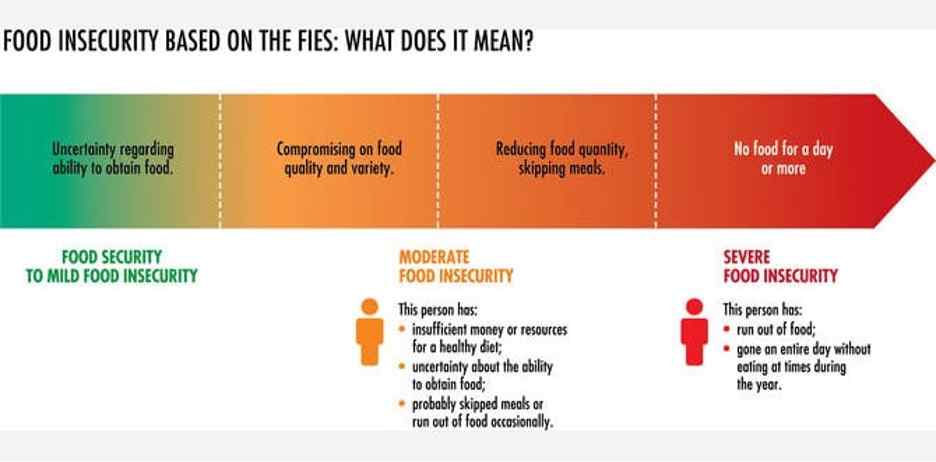The Food Crisis

In 2018, 14.3 million American households were food insecure. When so many Americans are experiencing hardship getting food, it is hard to believe that 40% of all America’s food is wasted. Of that 40%, most of the food is completely fine and edible, or can be upcycled into a new, nutritious food product. Creating food for the world’s population through agriculture is one of the earth’s biggest resource funnels, with 58.2 million gallons of water needed every second. Wasted food often ends up in landfills, releasing greenhouse gases and contributing immensely to global warming. Food waste puts pressure on the environment, pressure on our waste management system, and it raises the question: how does America change?
Here are some easy ways for all of us to start reducing food waste:
- Planning meals: When you go to the store to get ingredients for specific meals, you create less food waste because you have a plan for what most items are going to be used for.
- Store correctly: There was never a class on how to store food, especially produce, and storing food incorrectly often leads to premature ripening. Did you know cucumbers last longer when stored at room temperature instead of refrigerated?
- Buy local: Local products are one of the best ways to help the environment and support your community. Because food doesn’t need to be shipped in, it reduces emissions, and therefore, your carbon footprint.
- Keep fridge clutter free: When you can see food and their expiration dates, less food gets forgotten. Put leftovers and older produce at the front so your household is more likely to use them before they go bad! An organized refrigerator is an easy way to reduce waste.
- Try upcycling: Whether you upcycle your own vegetable scraps into homemade broth or buy upcycled products at your local co-op, upcycling helps reduce food waste by powering food forward into new, sustainable food products
Food waste is often out of sight out of mind; but reducing food waste is the number one way to combat climate change, and it all starts in the home. Buying less and saving more will not only help keep food out of the landfills, but also take pressure off the overworked land used for agriculture.
Hopefully these tips can aid in reducing your food waste, as well as help save both money and the environment. For additional information, the EPA and Healthline have incredible food saving tips!
https://www.feedingamerica.org
